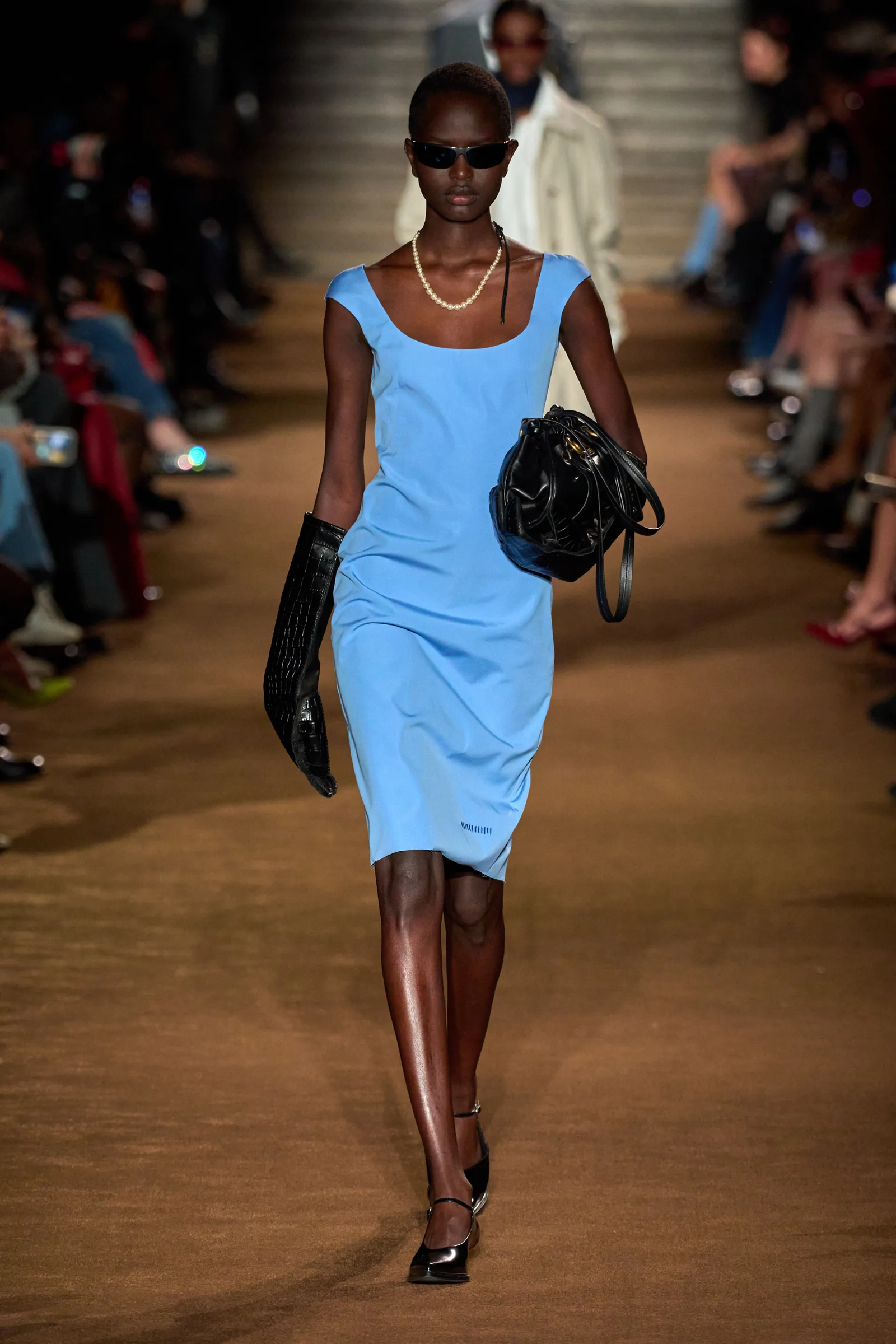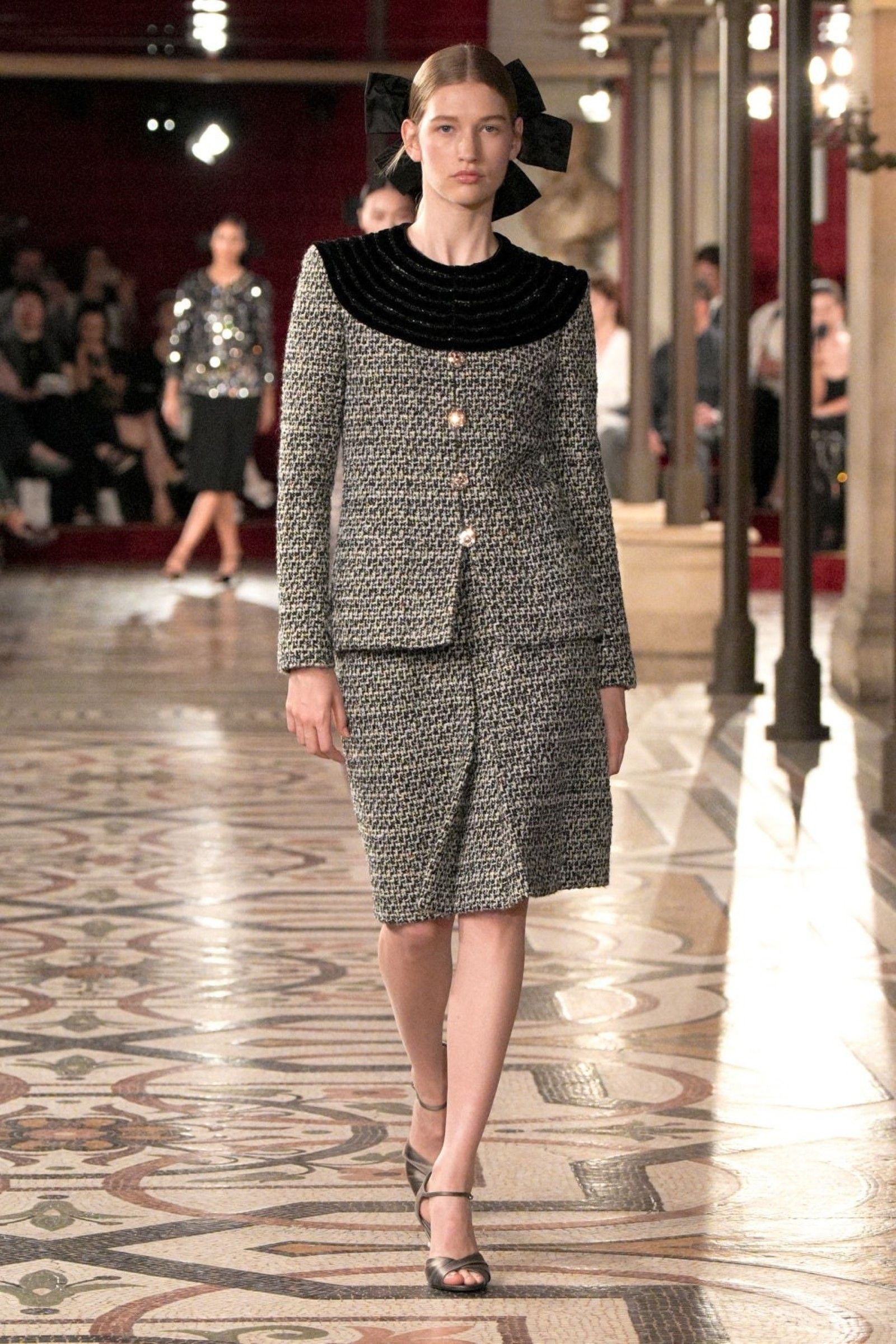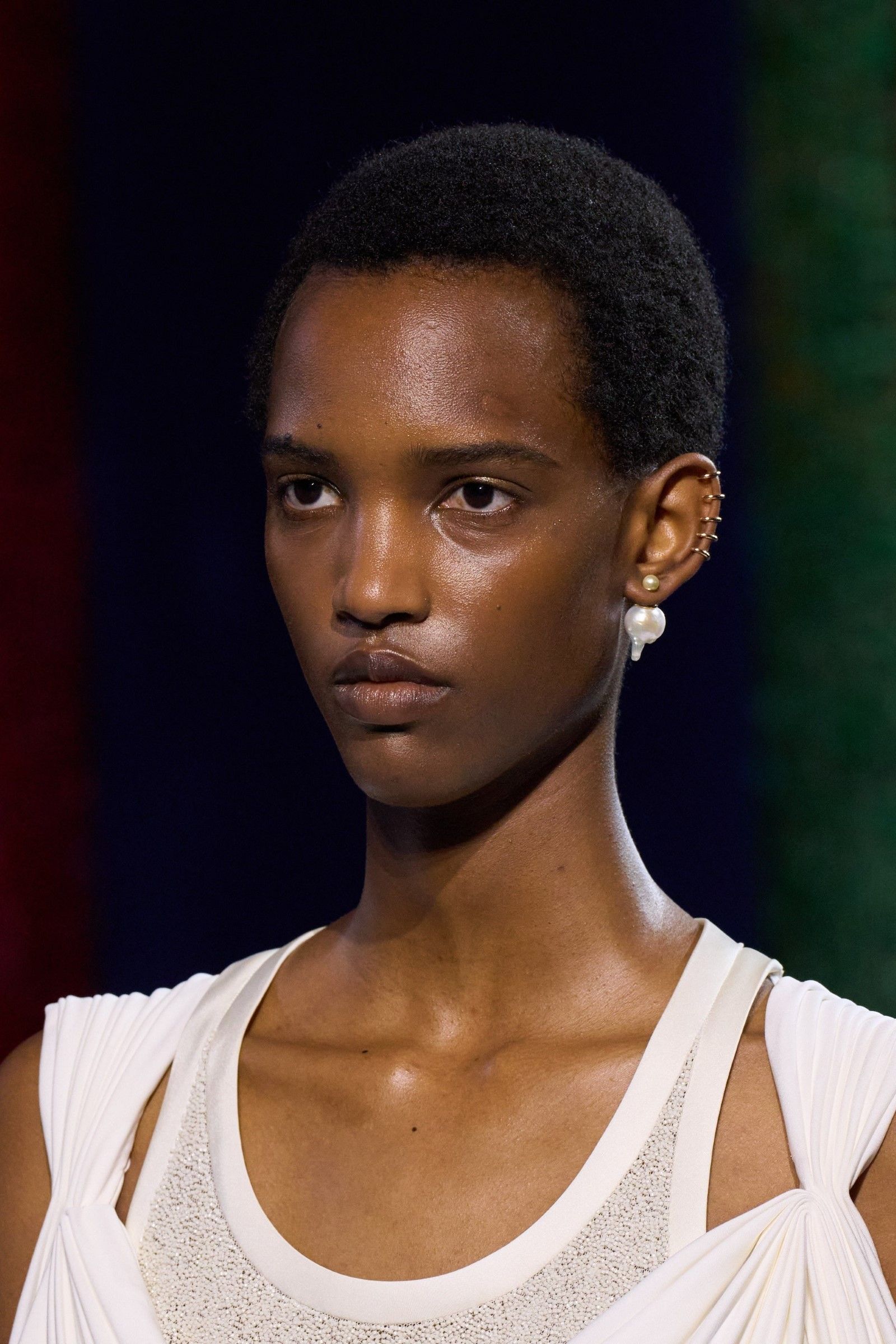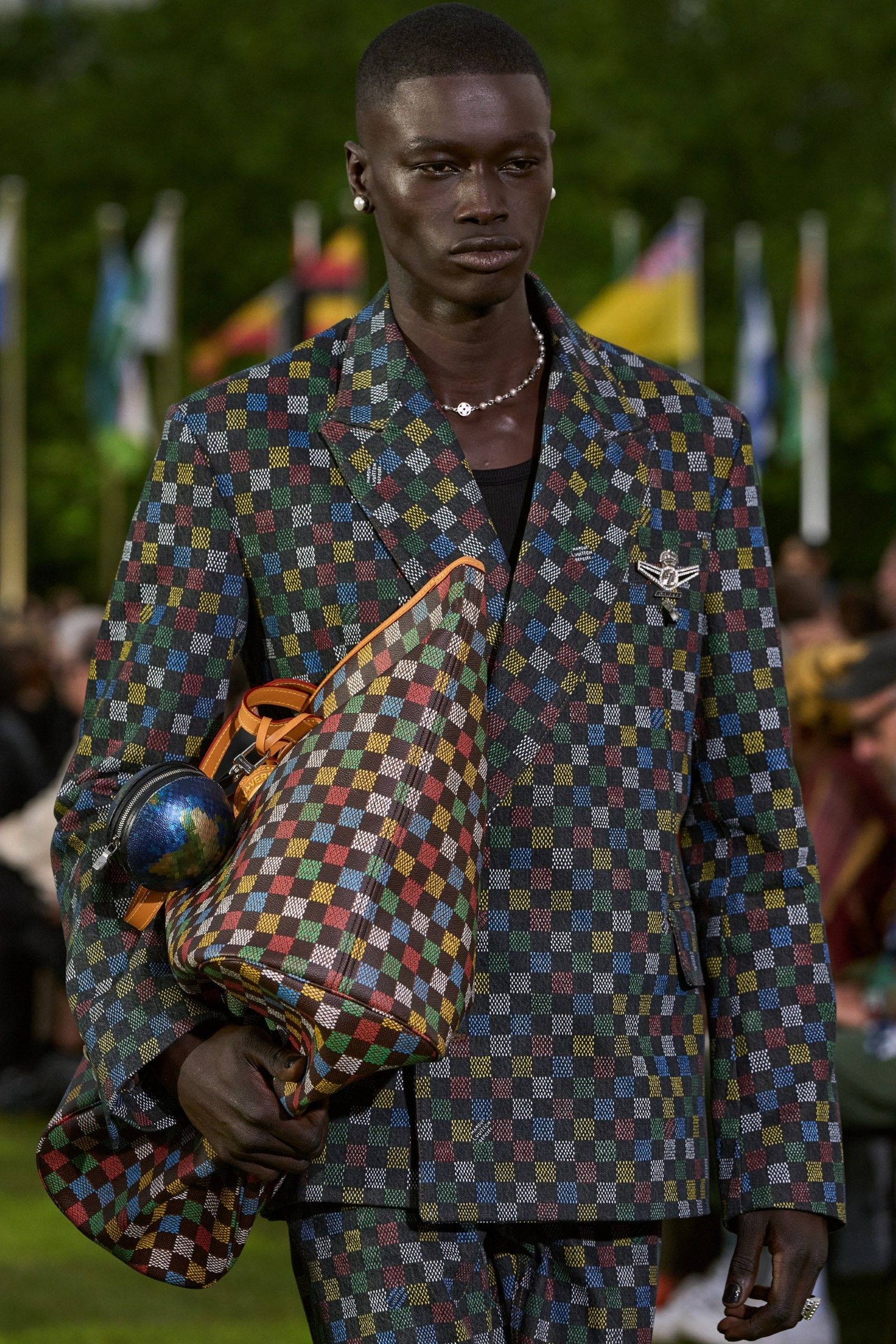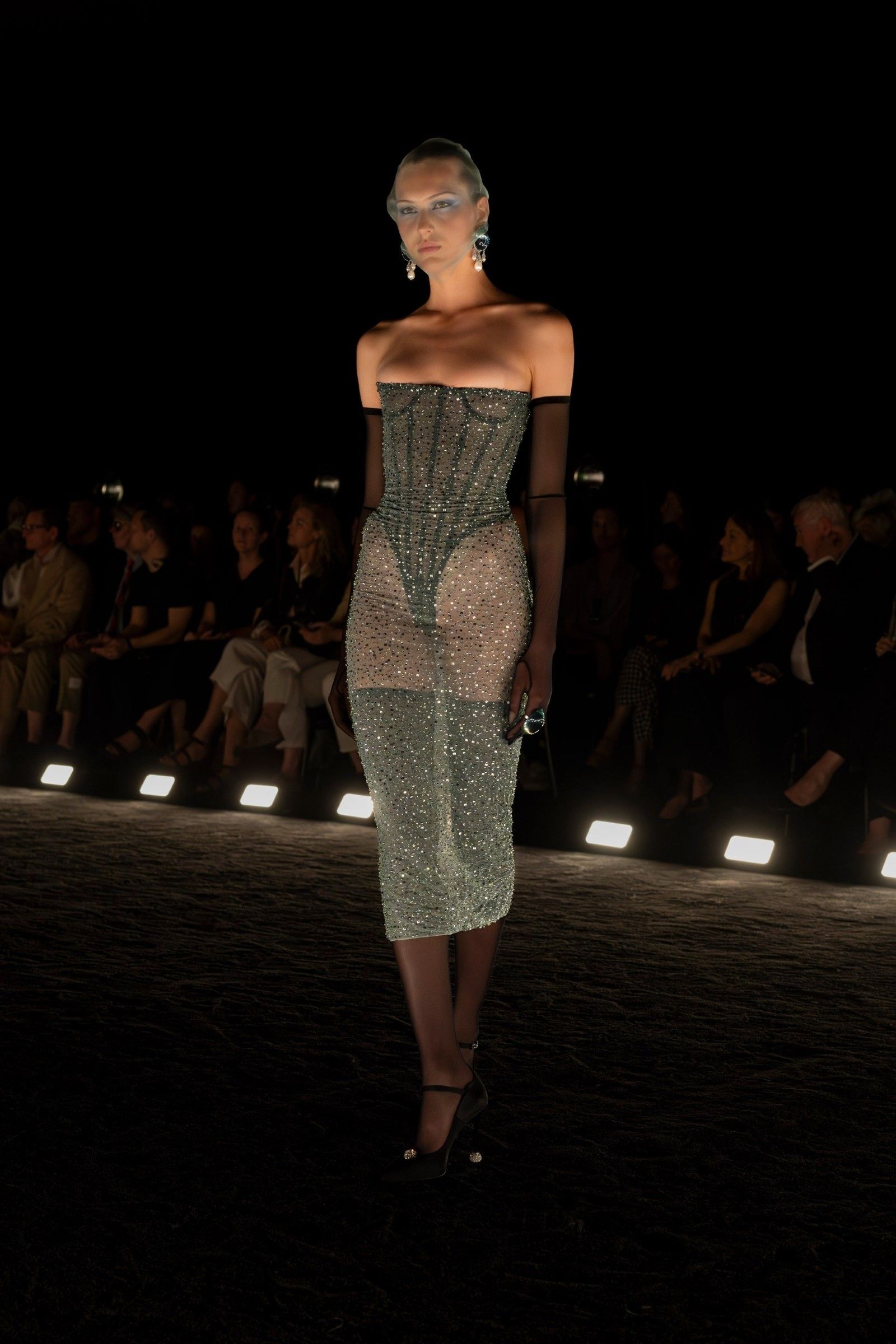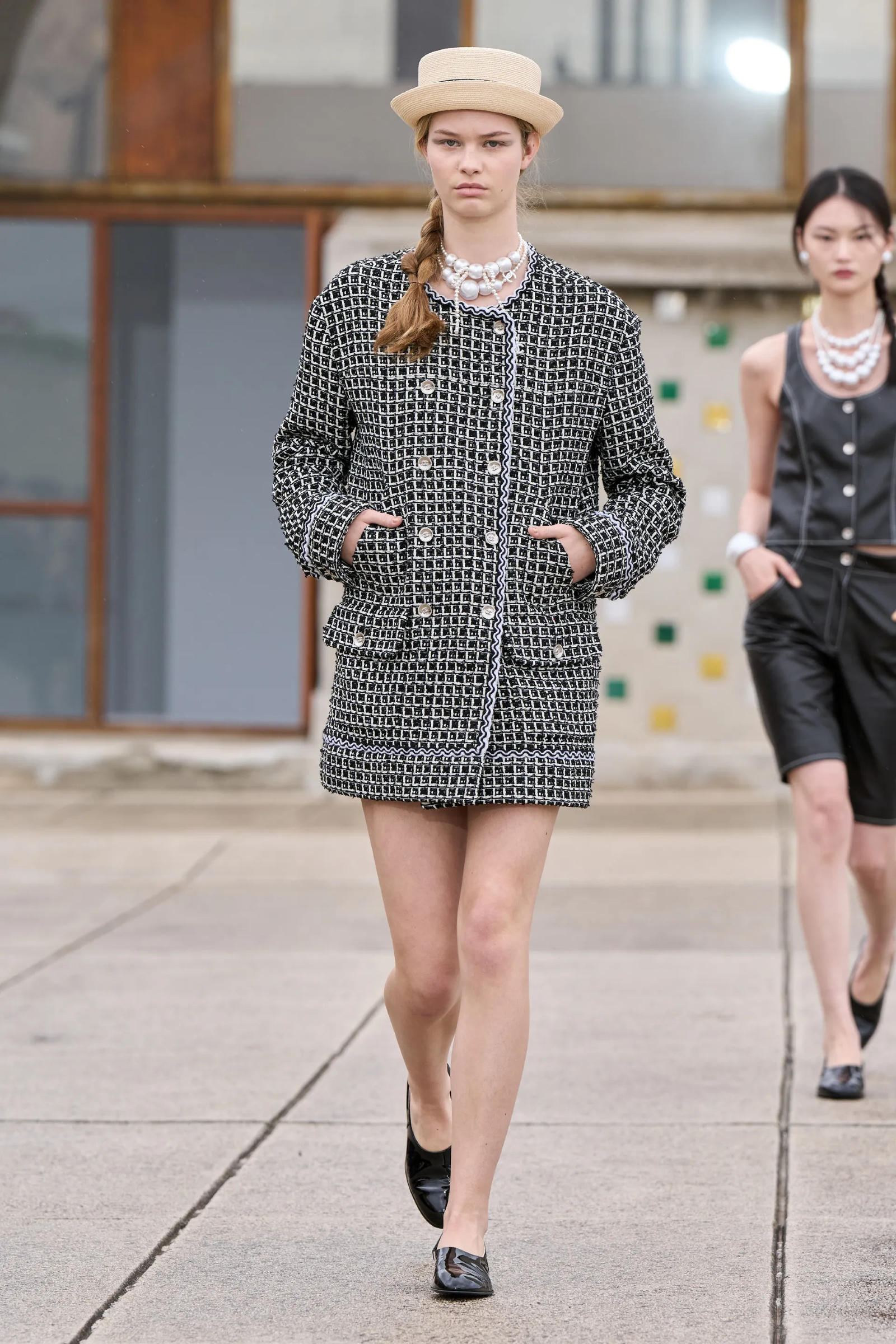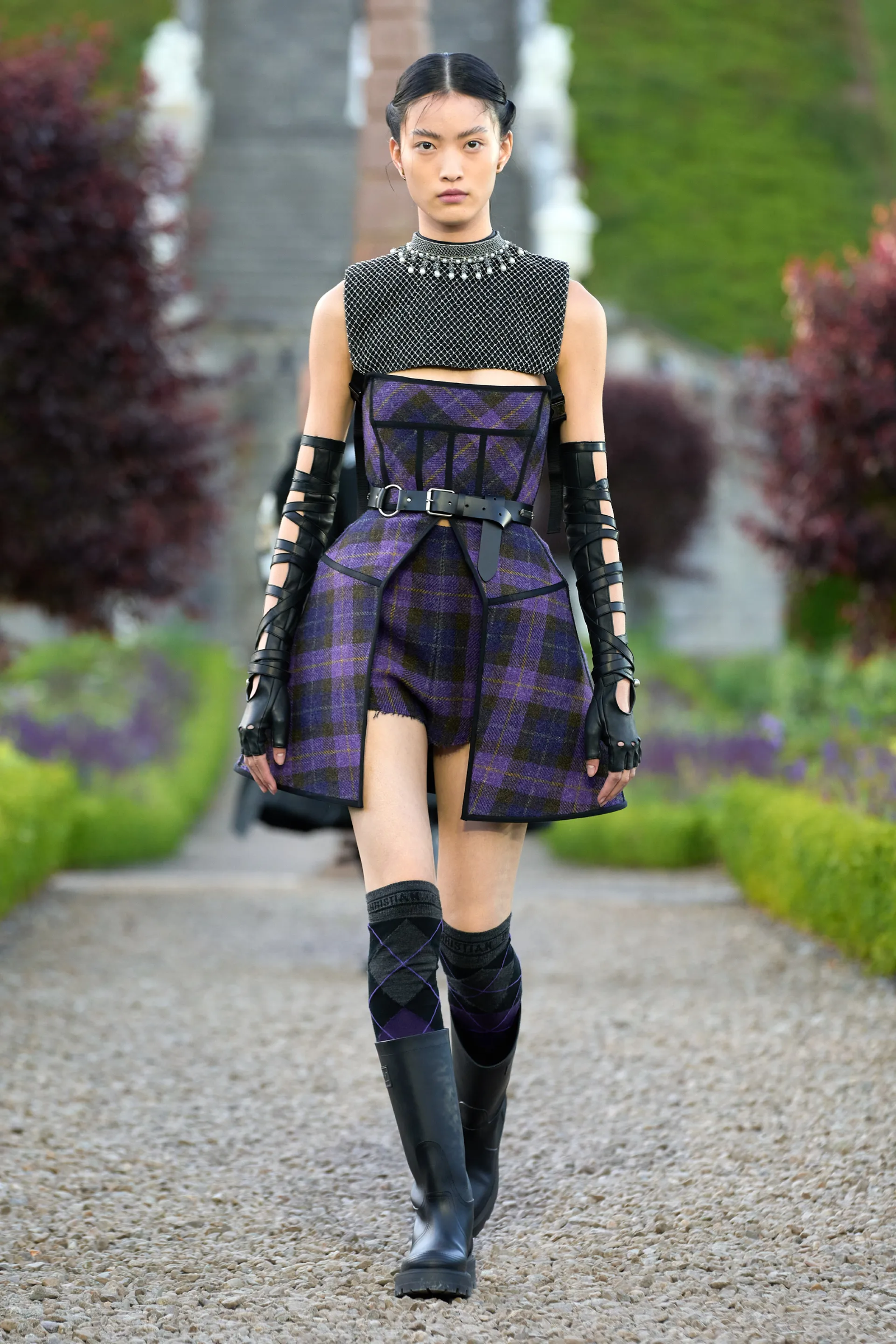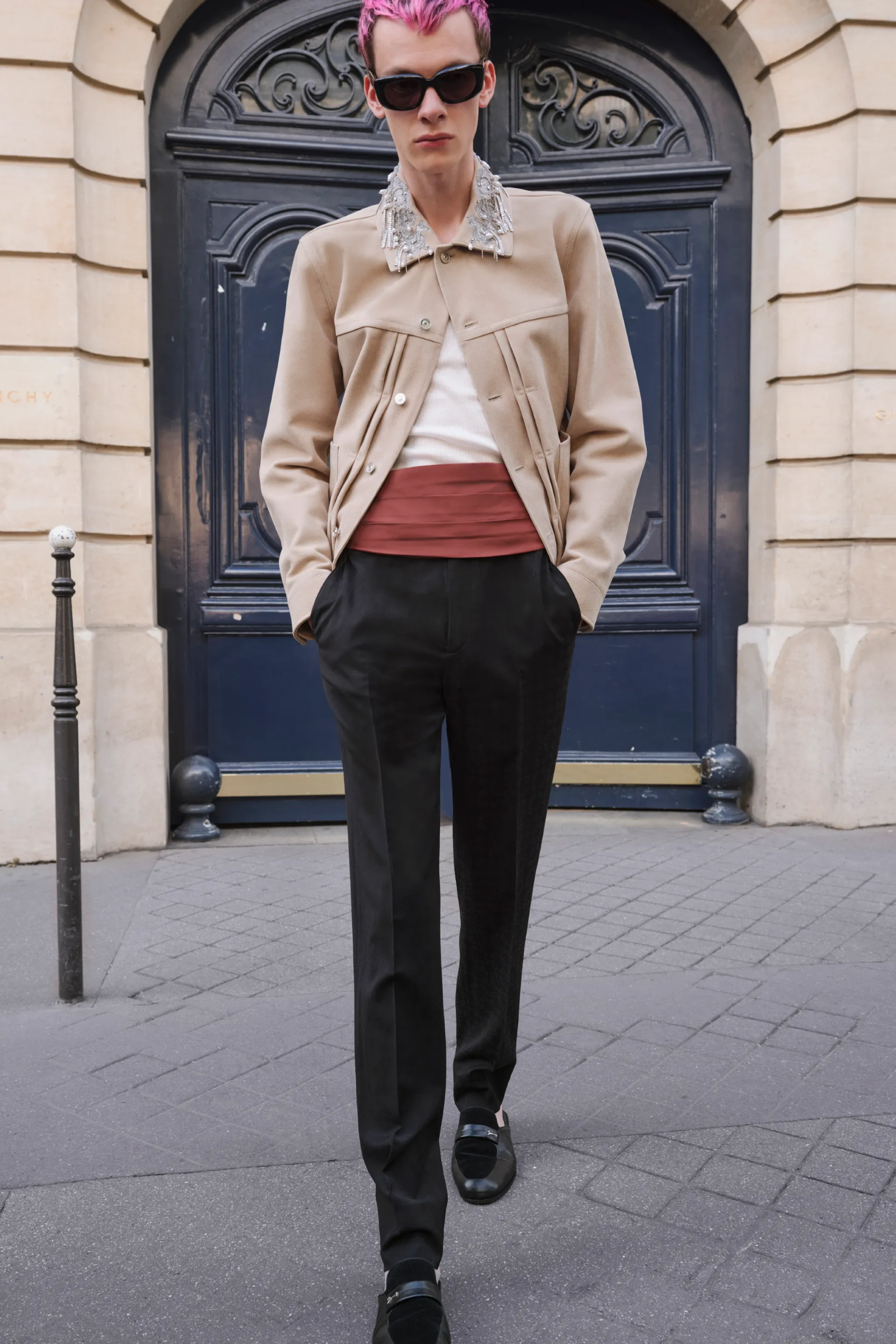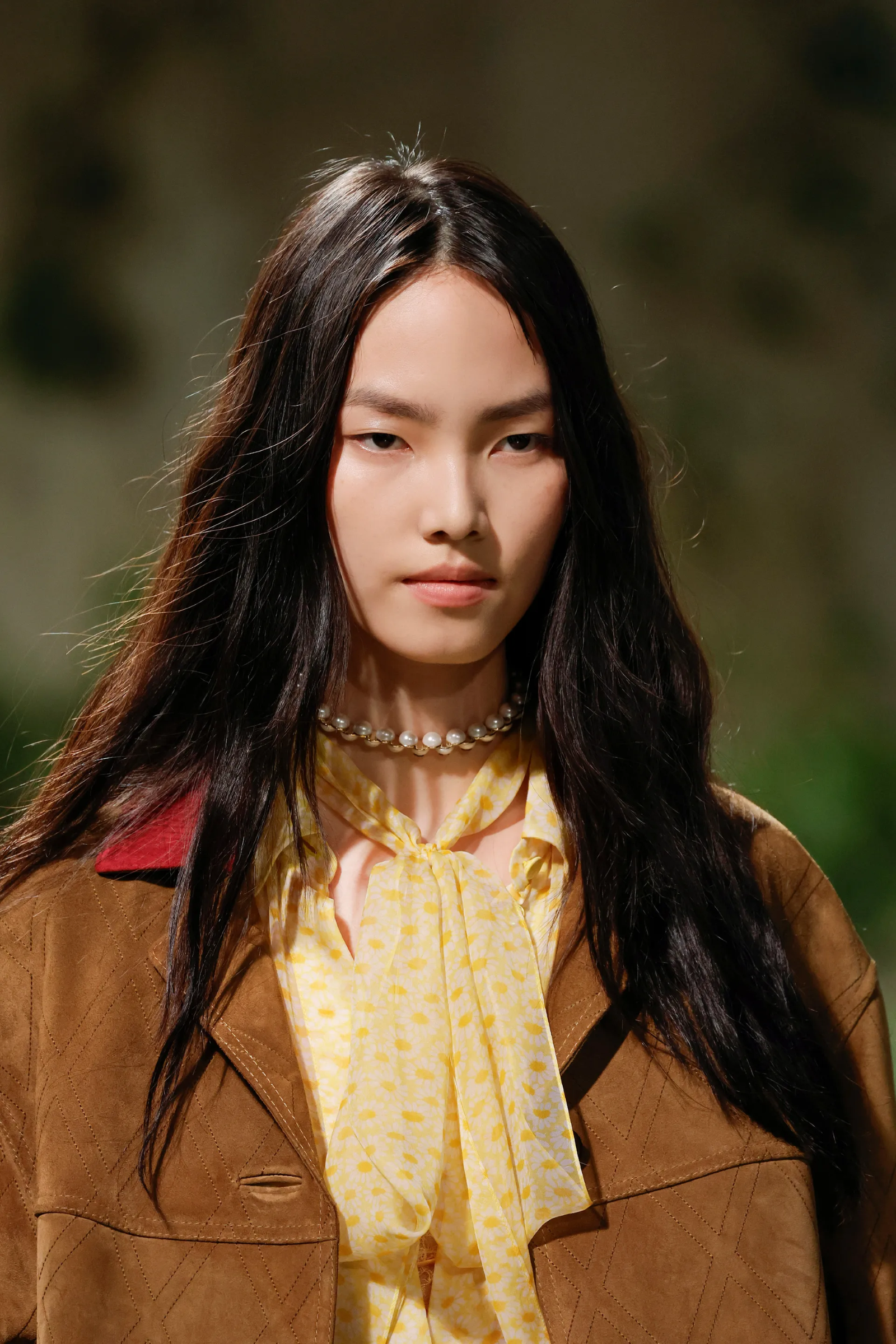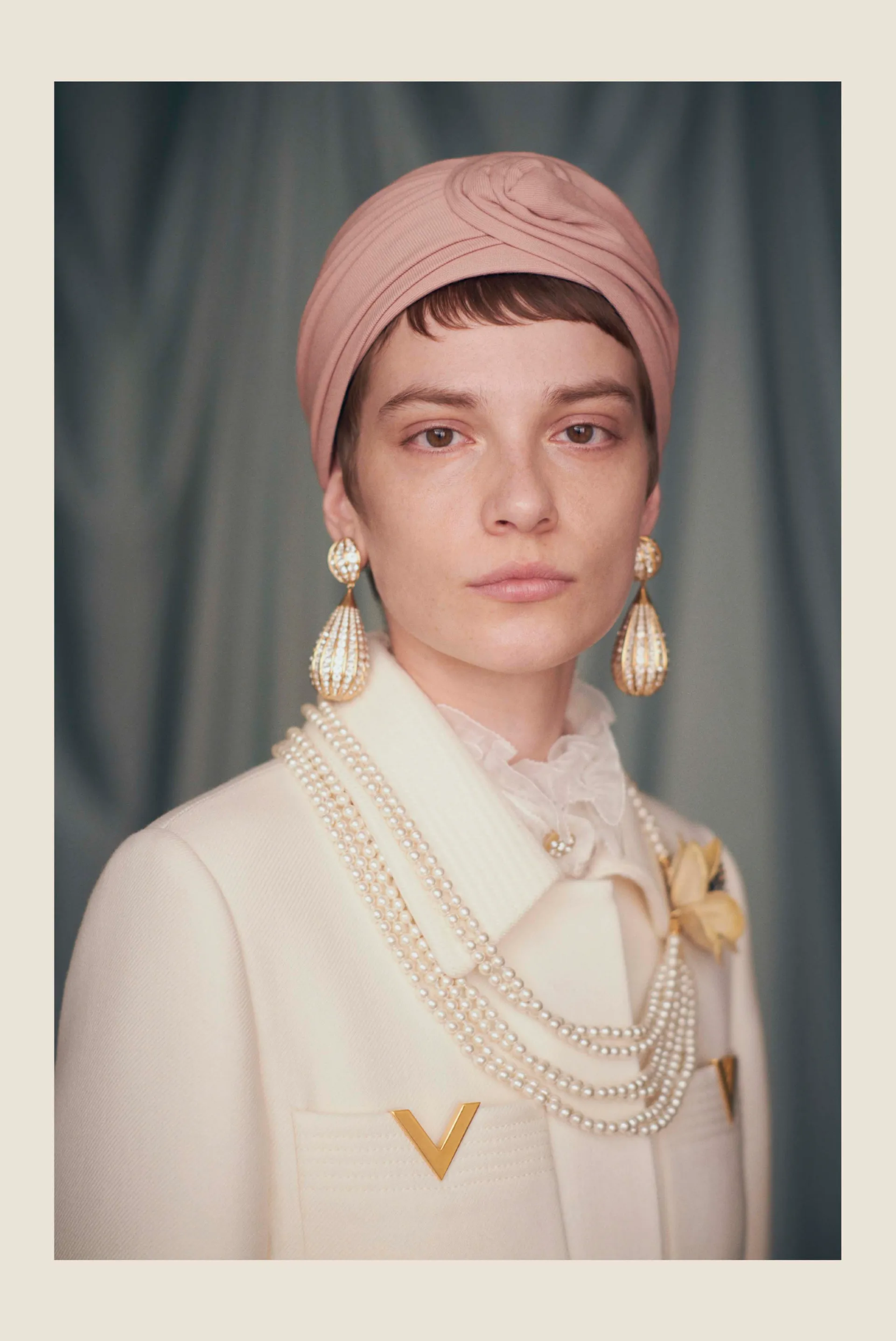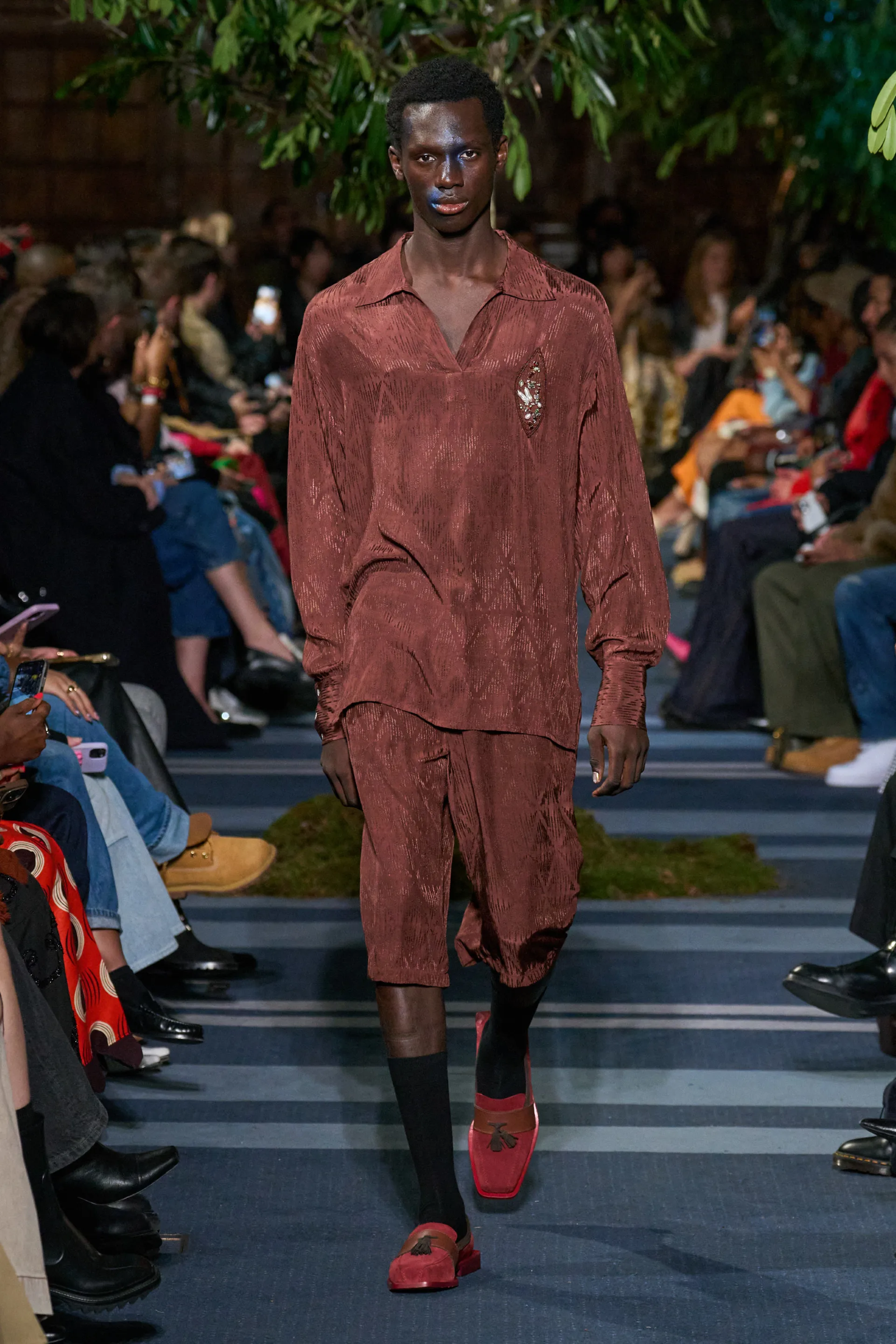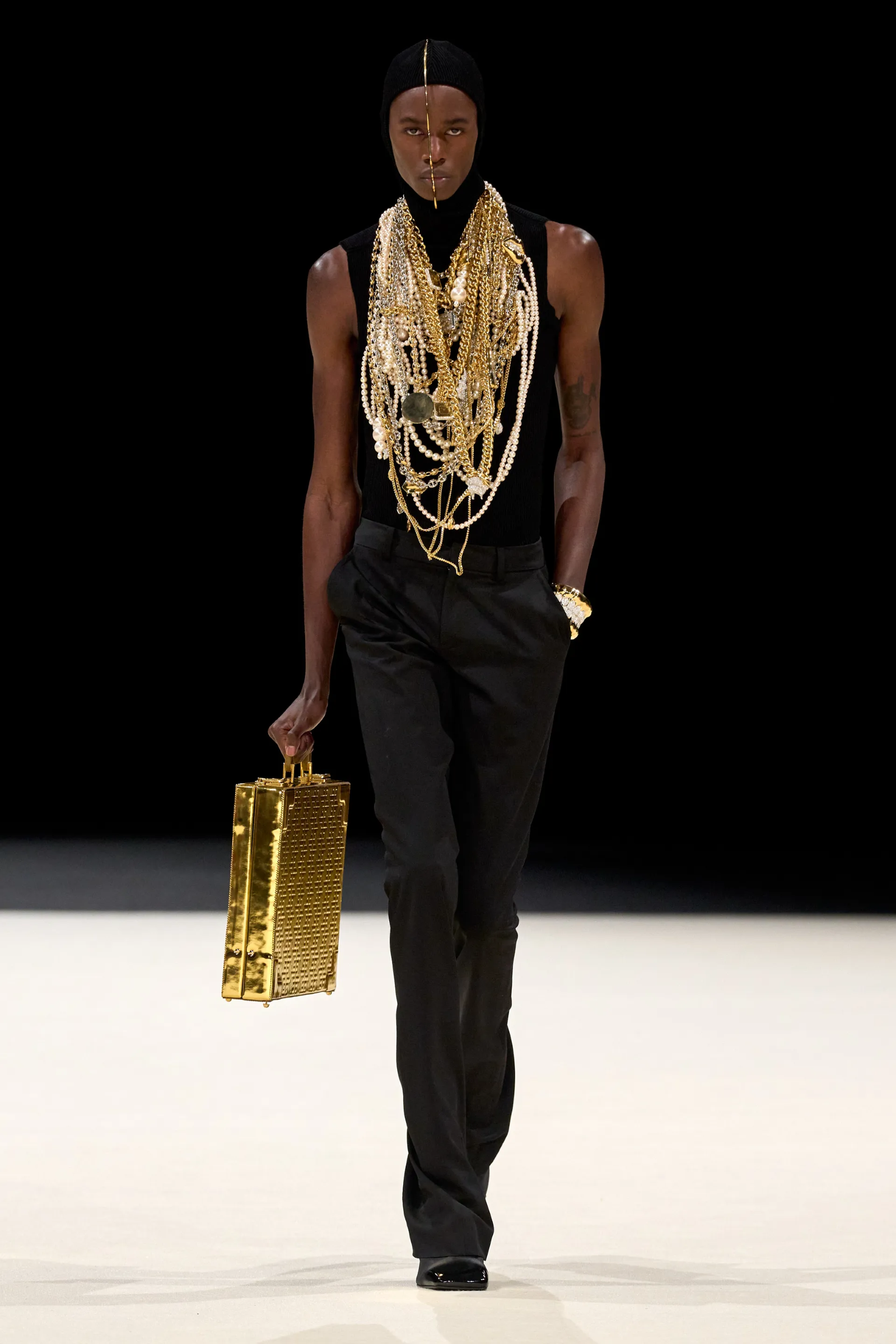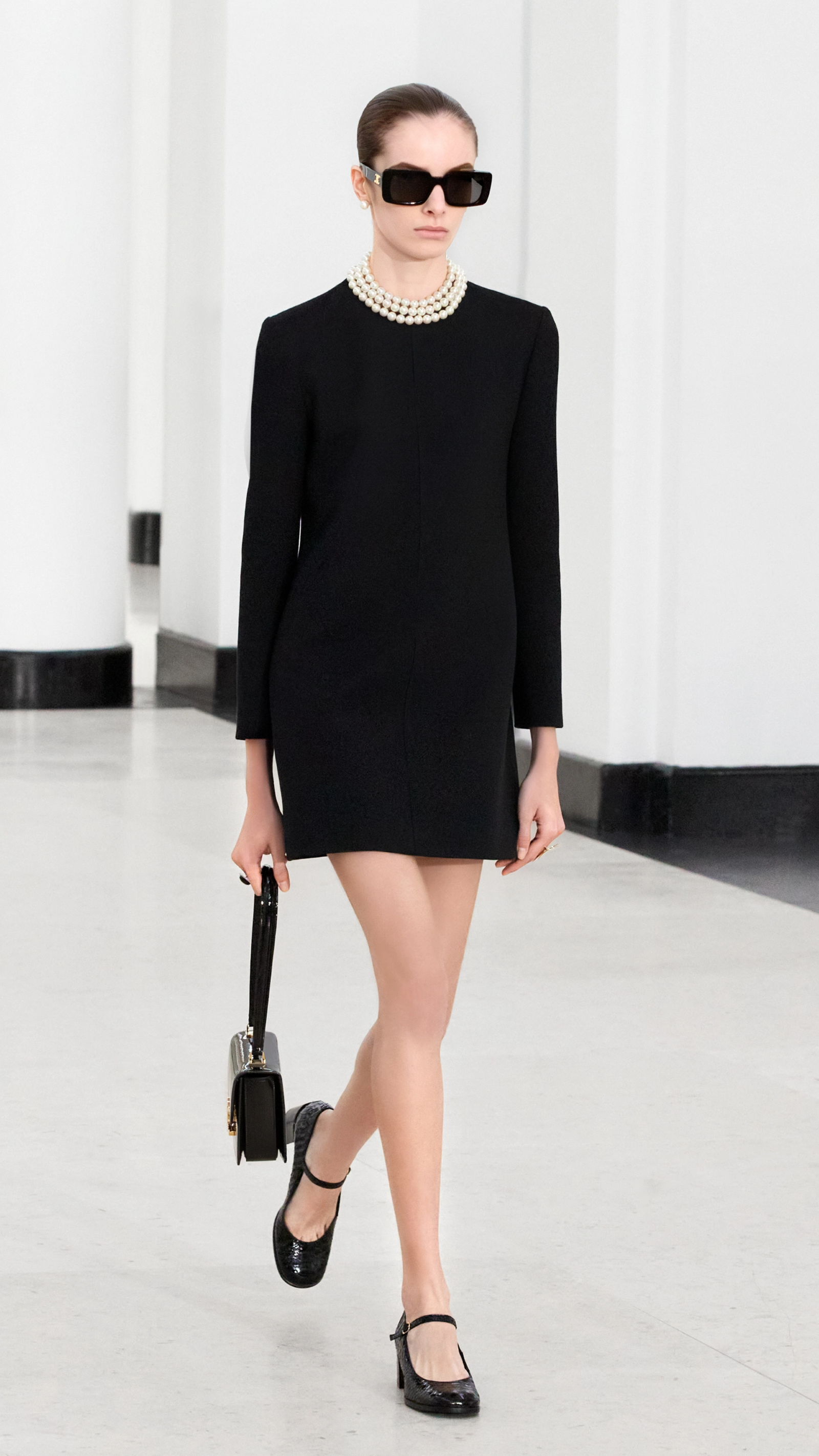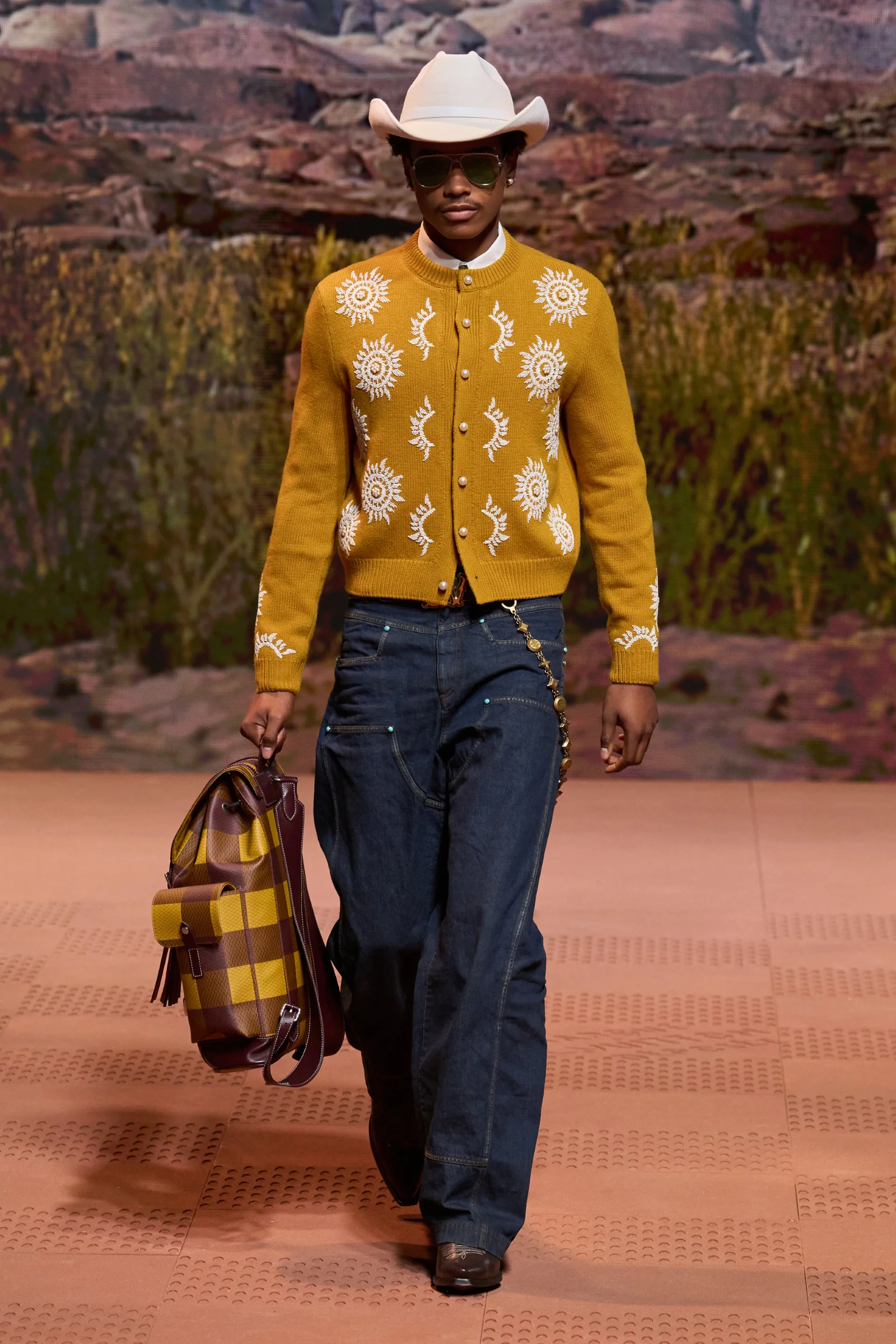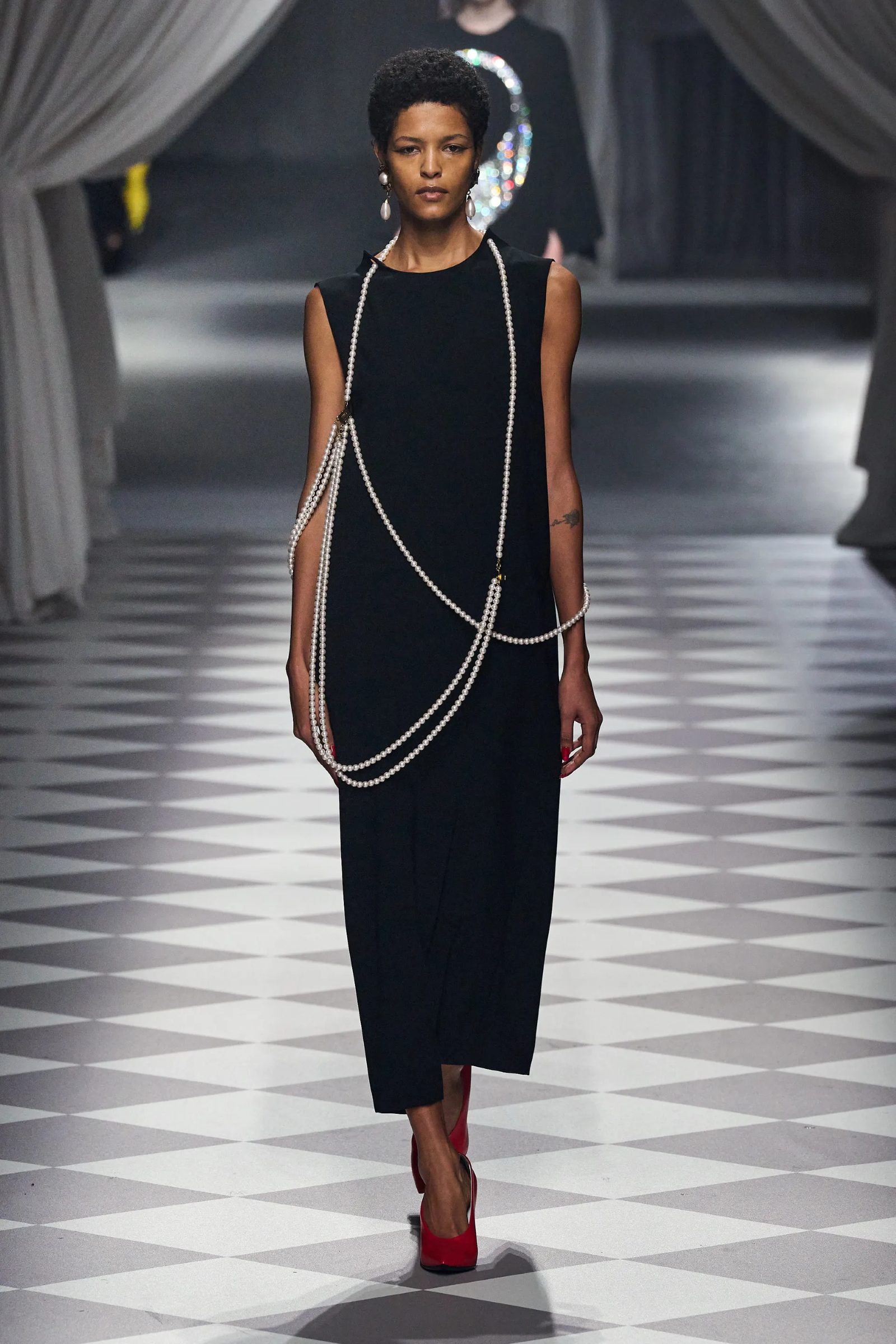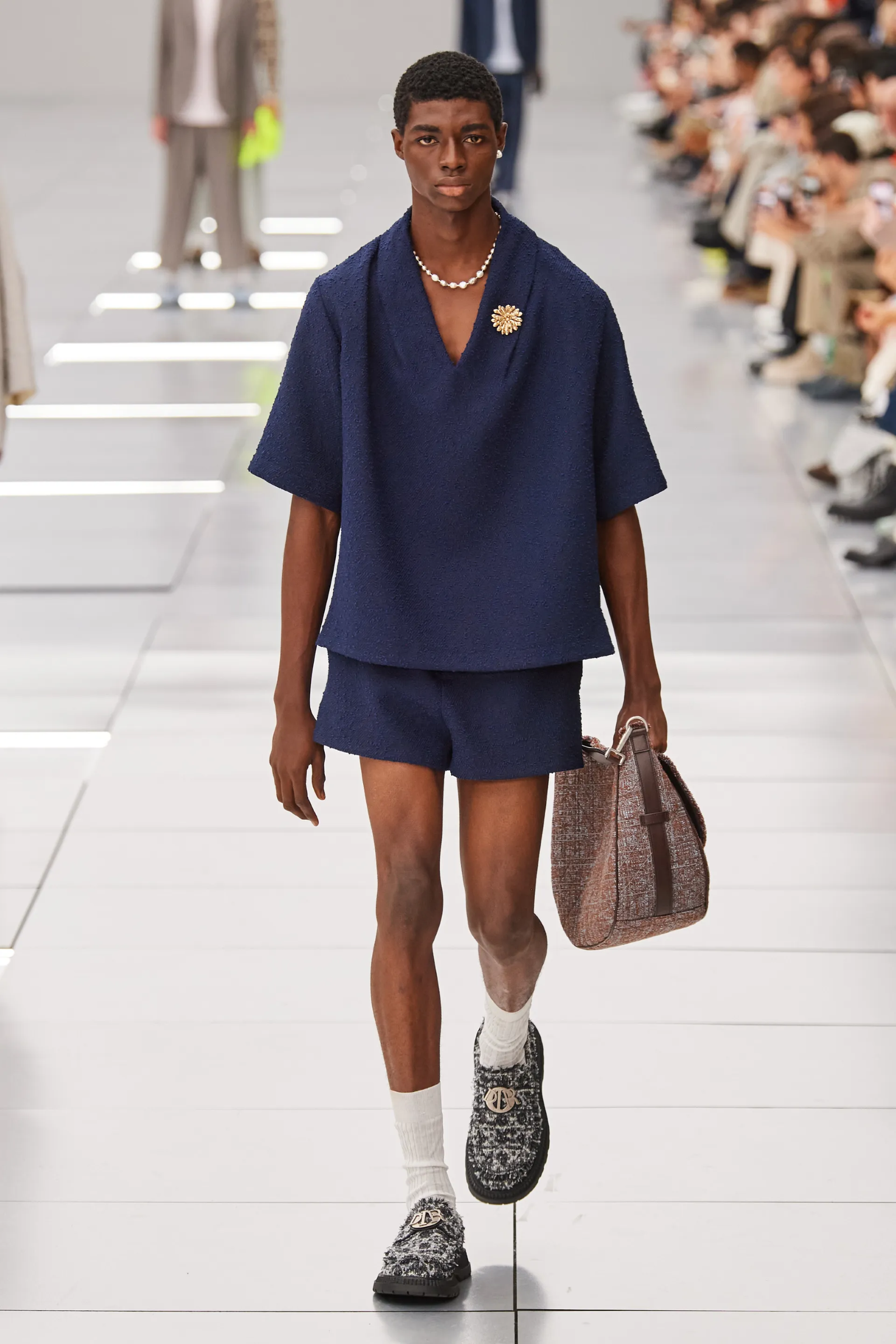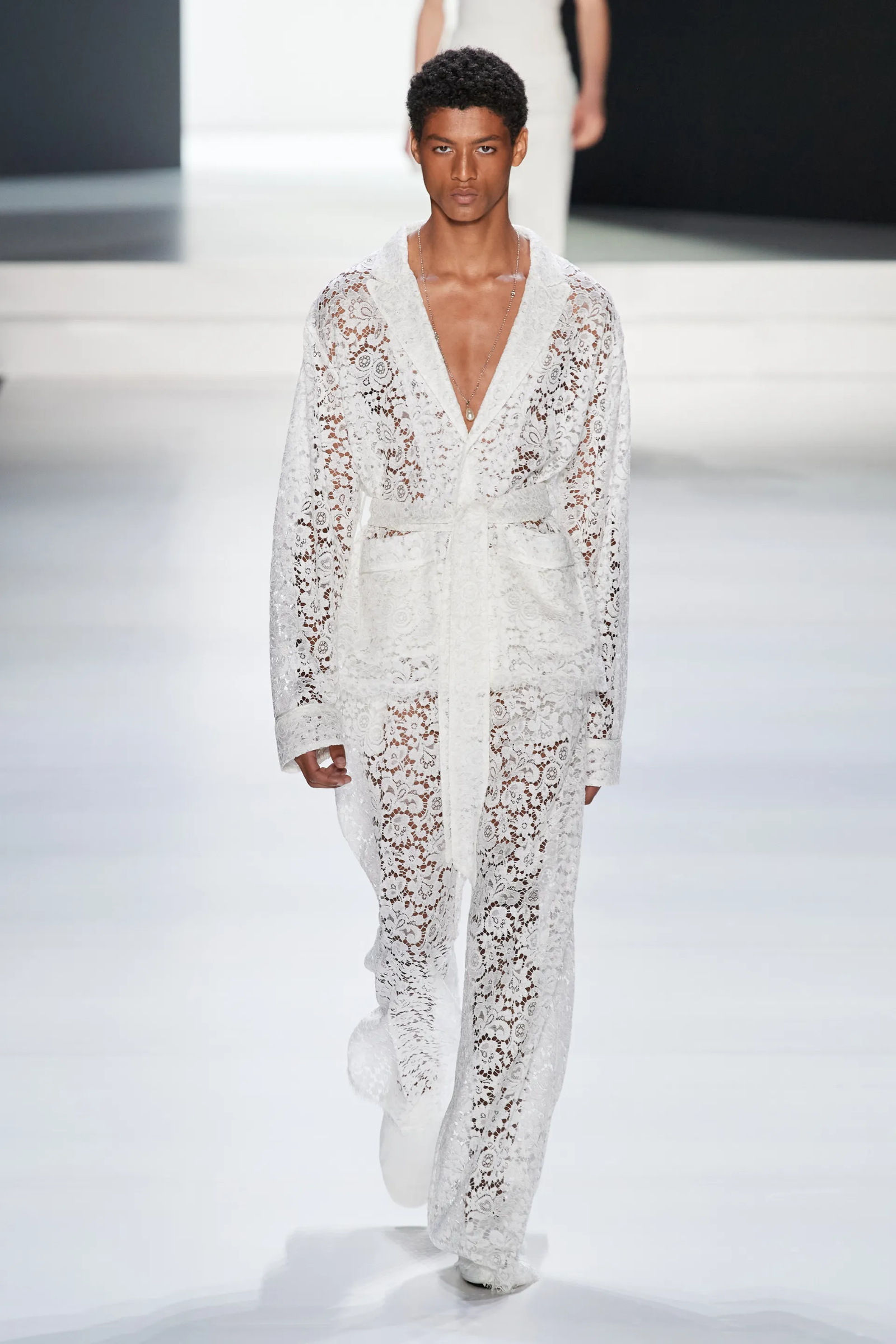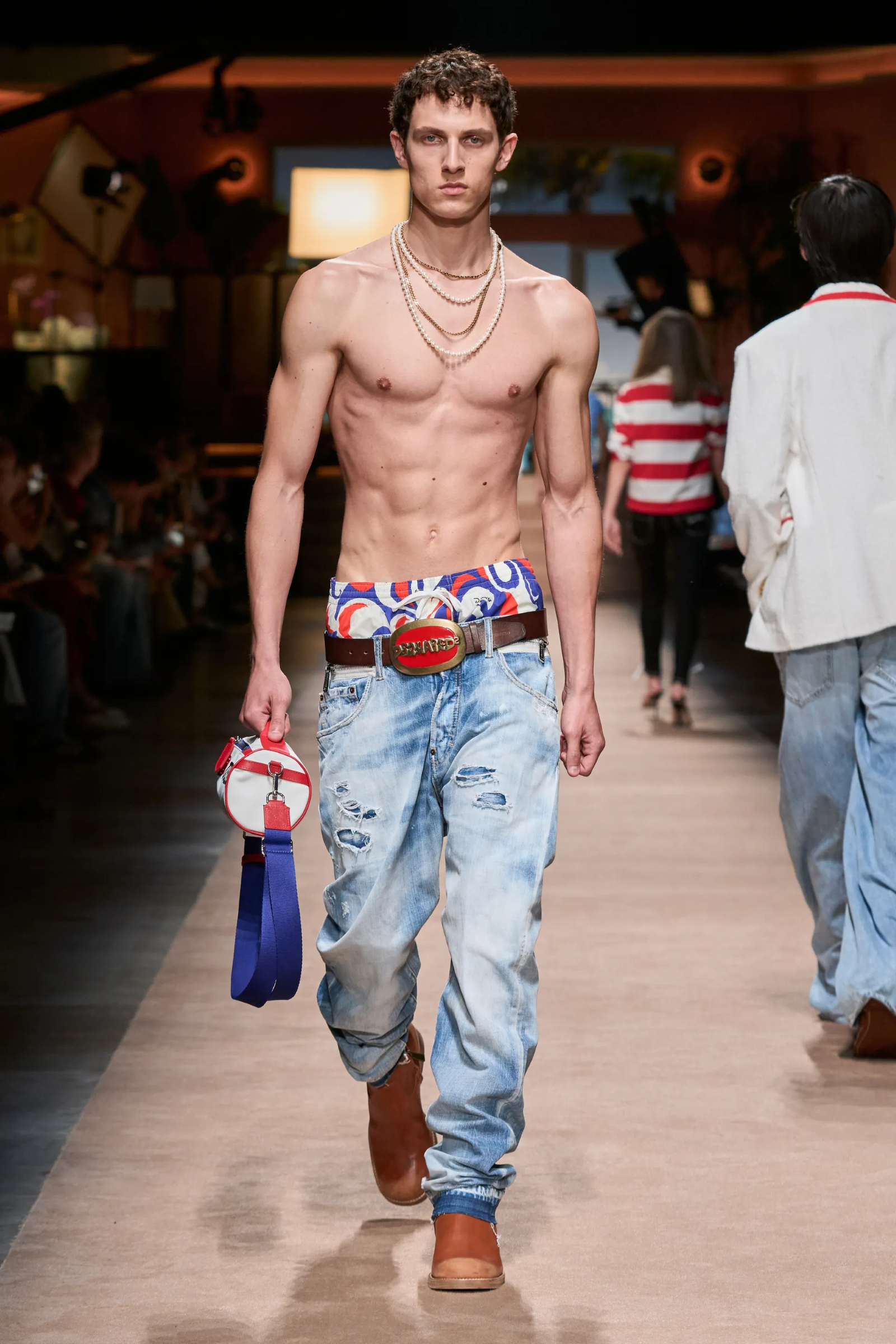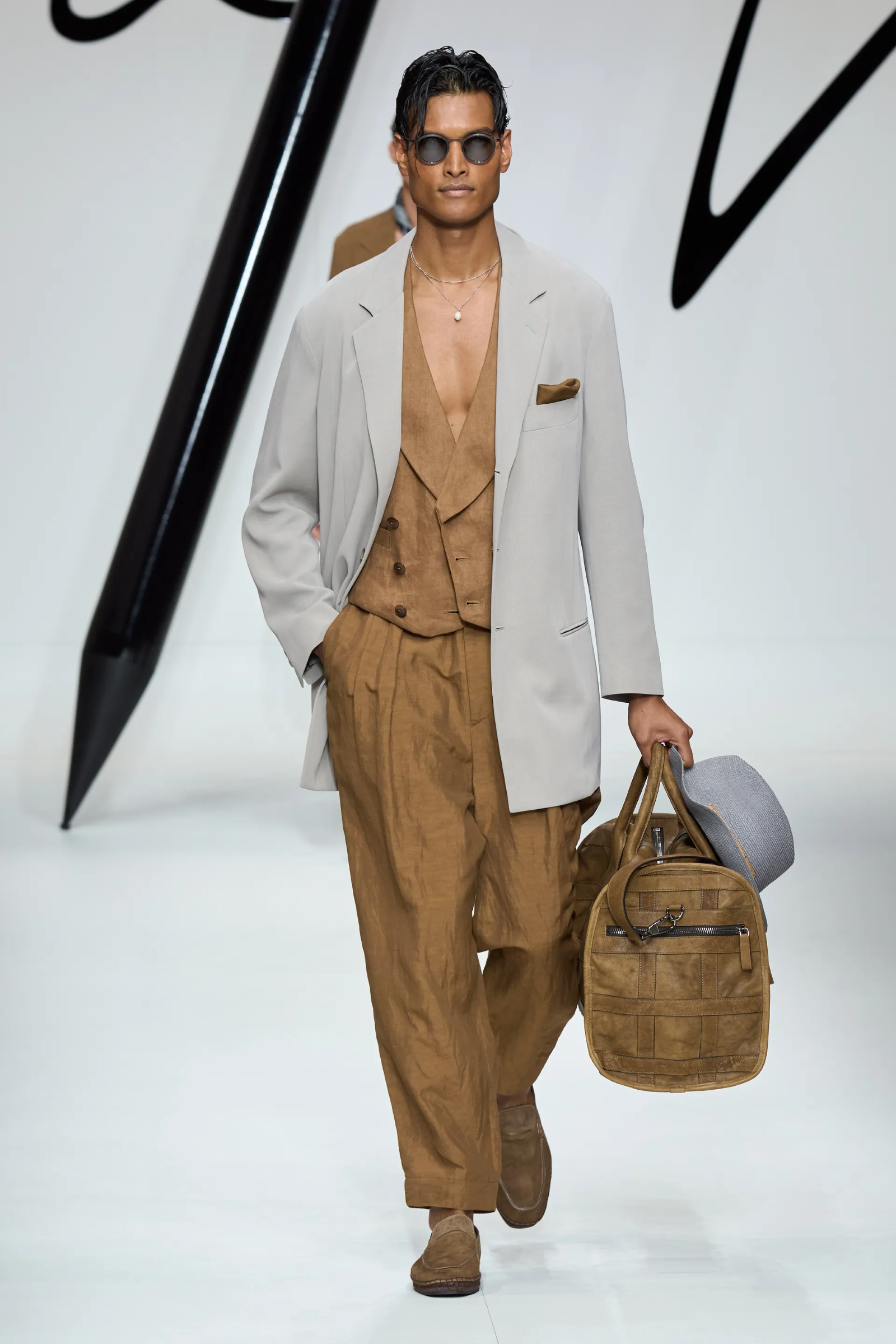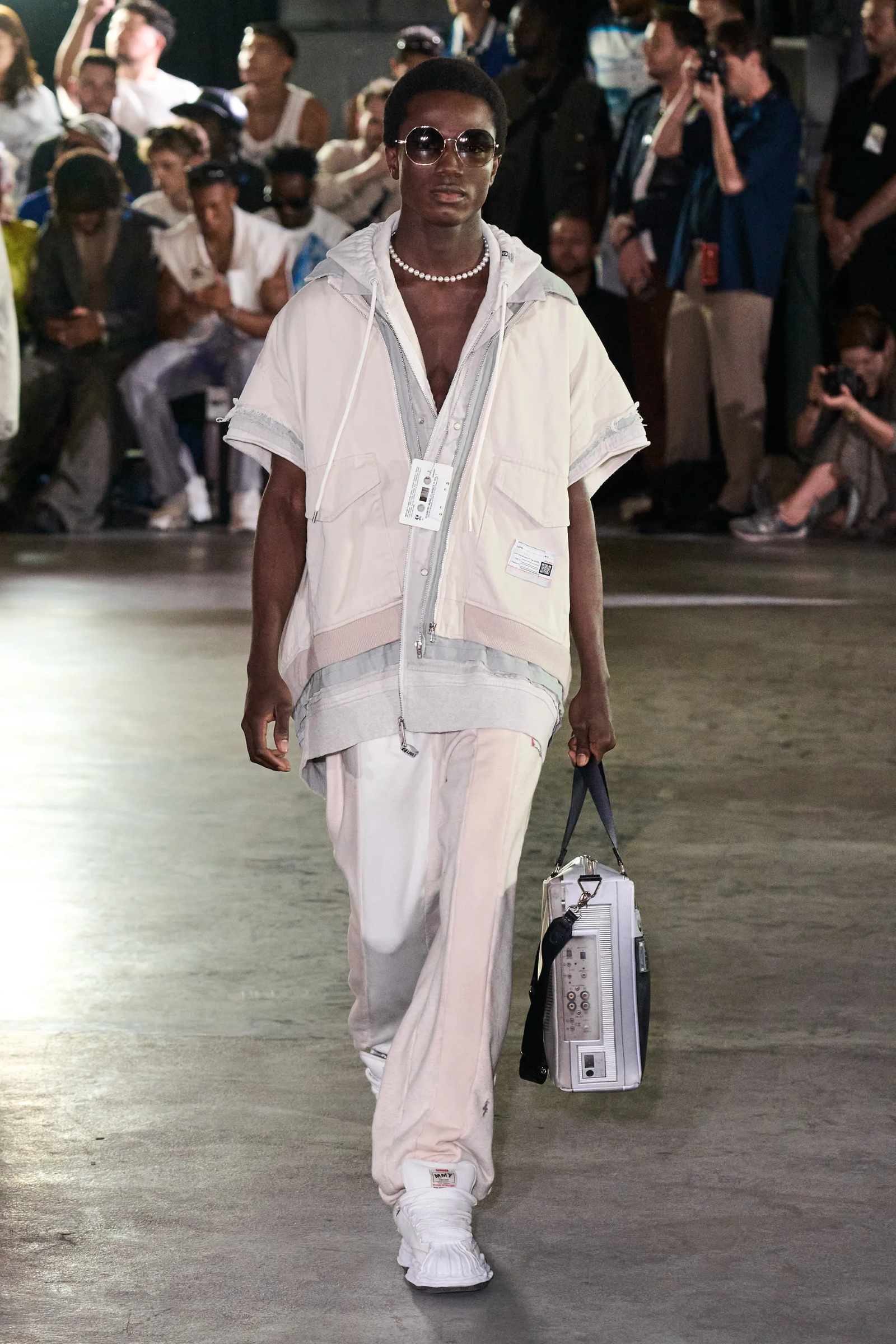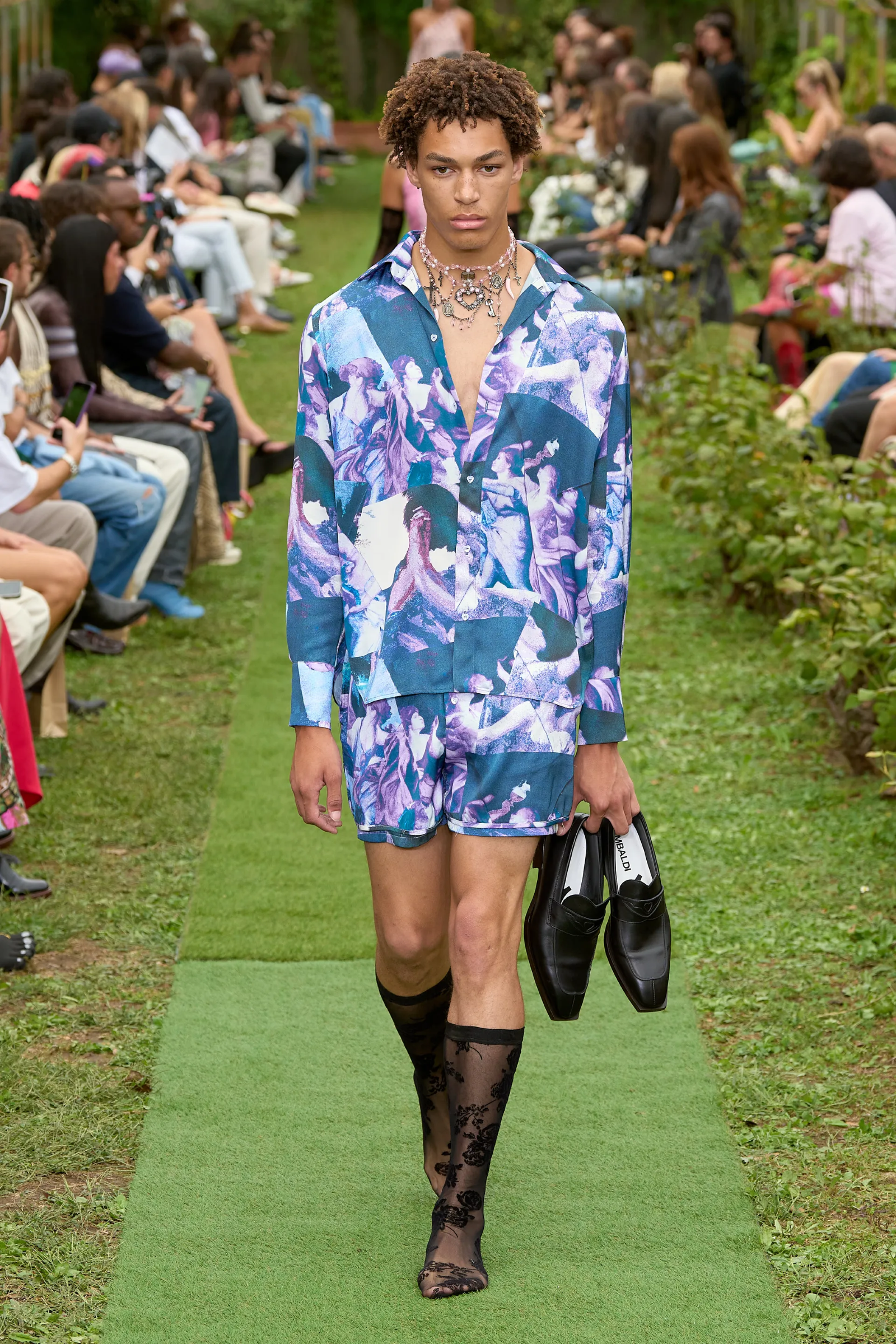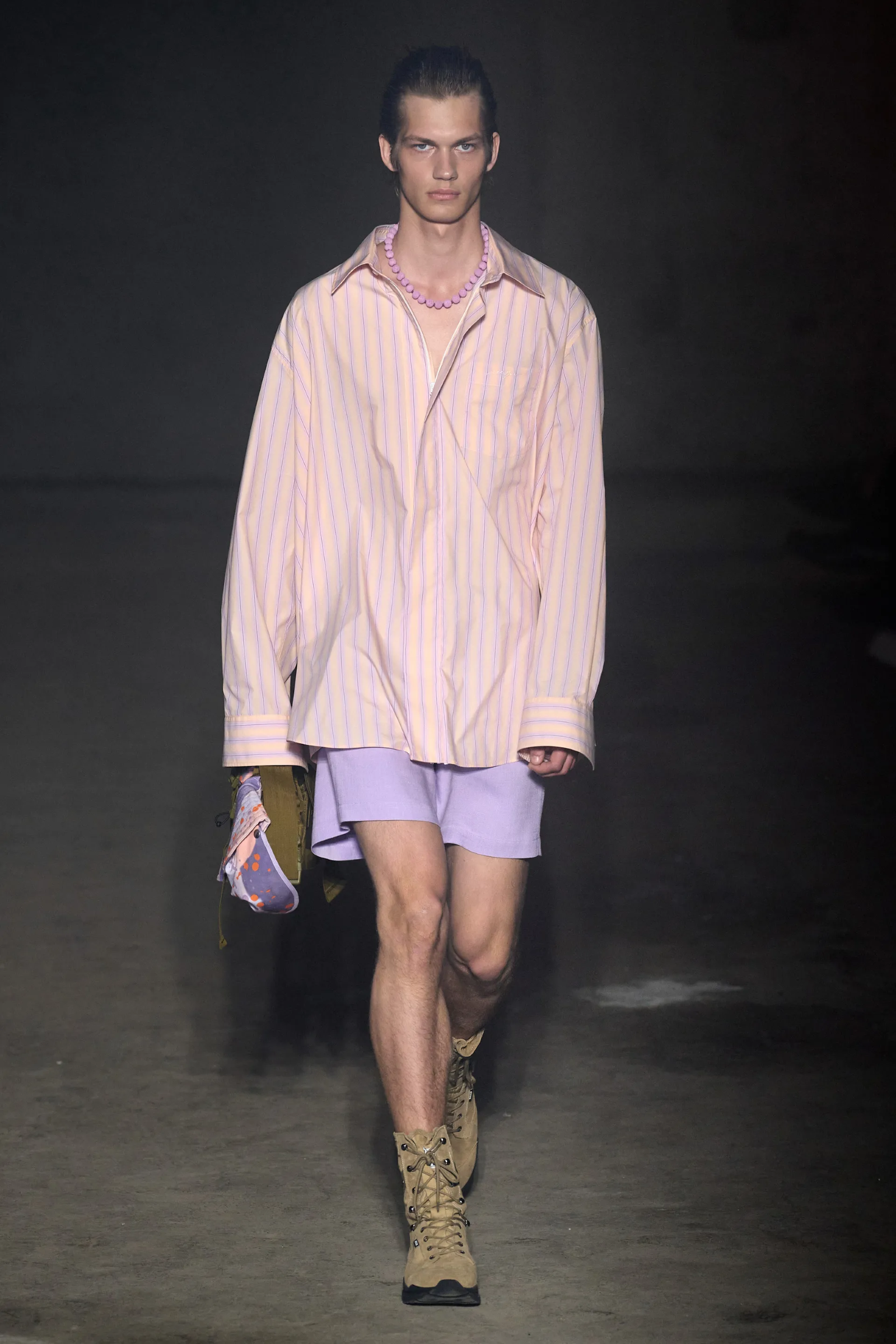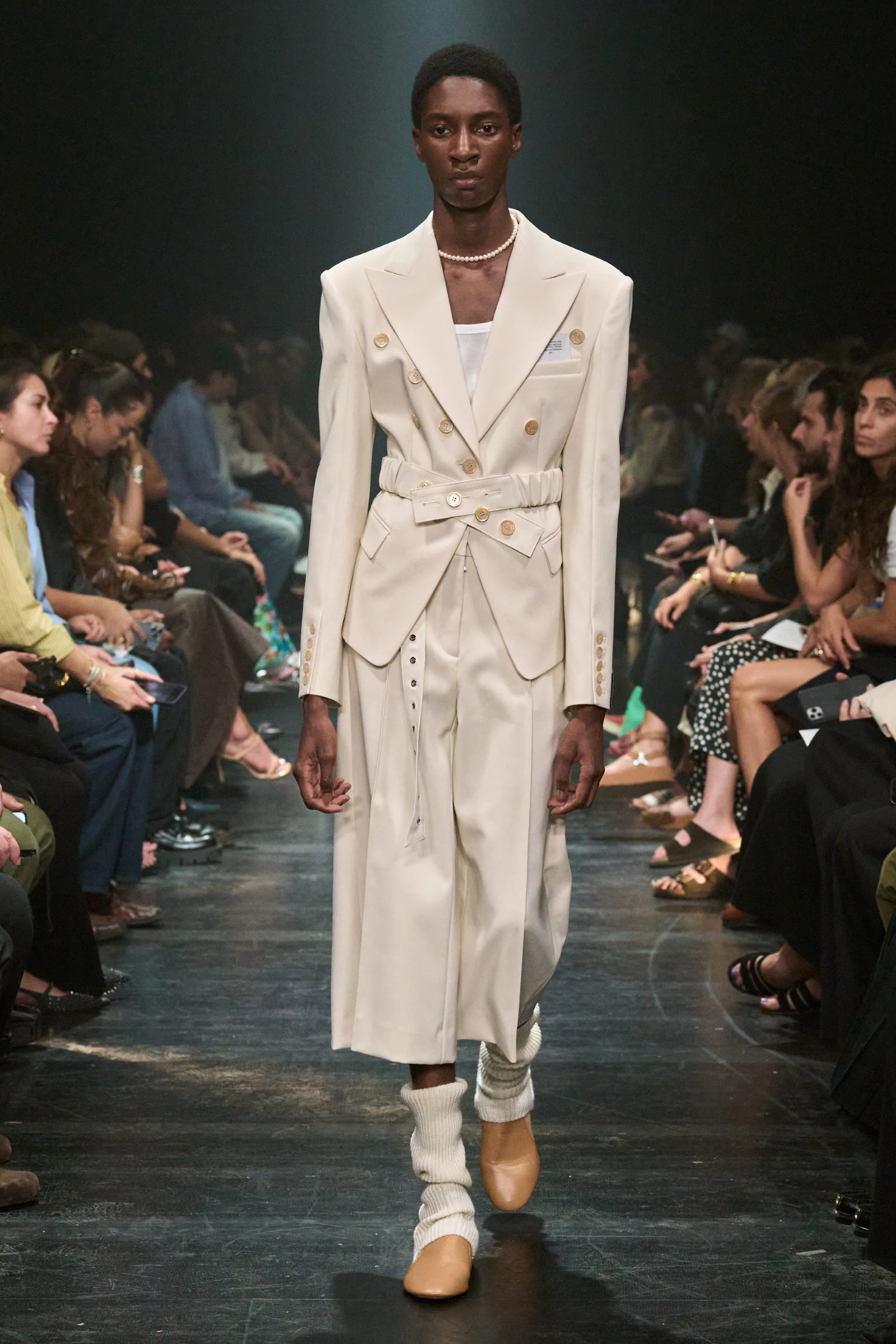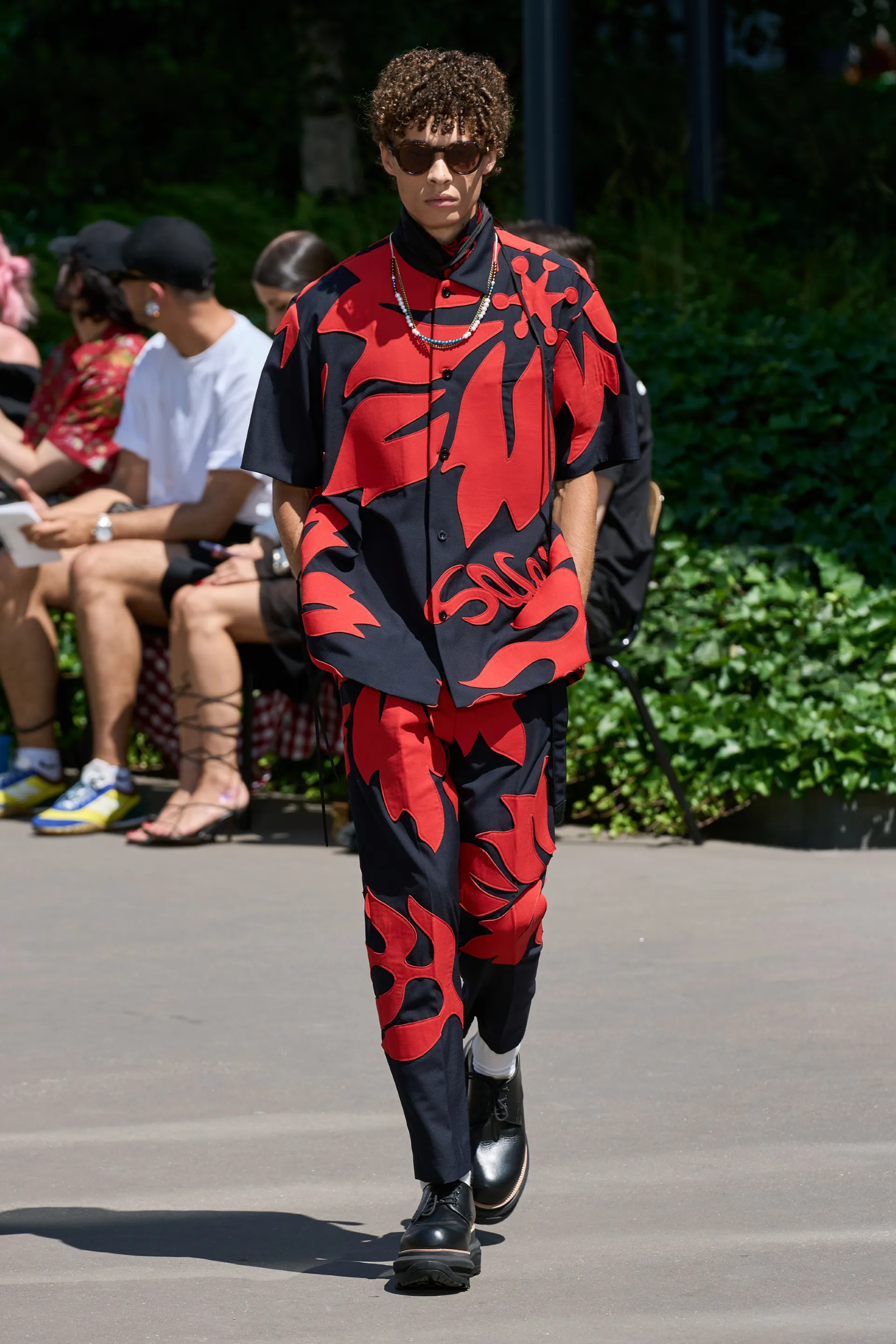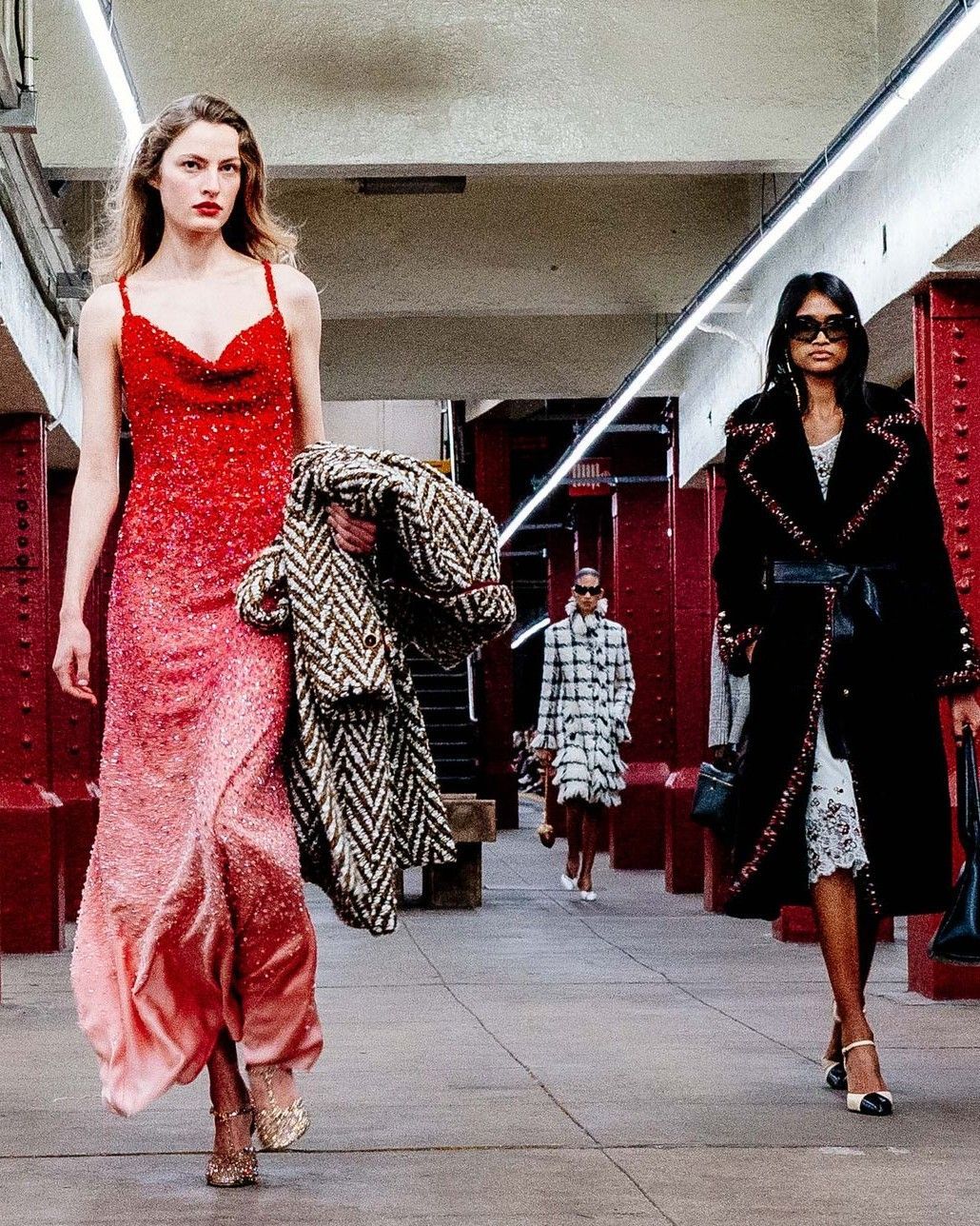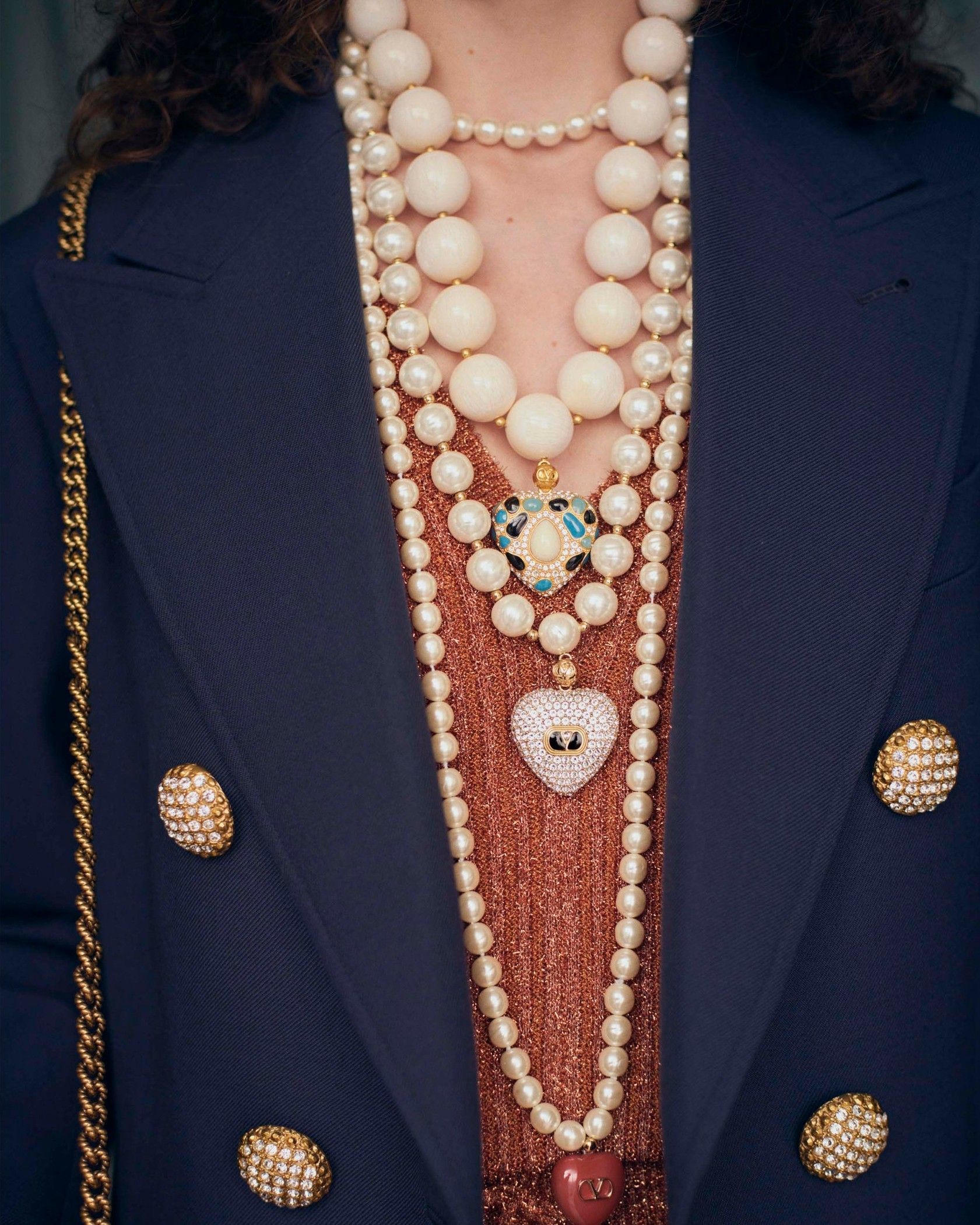
Will pearls really make a big comeback? A jewel of the past that says something about the present
The Valentino Resort 2025 lookbook, which Alessandro Michele presented yesterday as a surprise, sparking anticipated conversations on the web, provided much food for thought for fashion enthusiasts. From those who searched for the original references among Valentino's archive photos, to those who delved into discussions about post-truth in today's fashion debate, and those who saw the decision to publish the lookbook as an attempt to create a beef between Kering's designers, the 170-plus looks of the collection set the mental gears of practically everyone in motion. And if the lookbook exemplifies in a very Michele-esque way the current trend towards vintage silhouettes, it is possible to find traces of different microtrends within it that, thanks to Michele, could explode again. Among these are pearls. And we are not talking, in the case of Valentino, about the modest petit-bourgeois strand of pearls – but rather the aristocratic pearls of grand dames, in double or triple strands, applied to bags and straps, pinned on brooches, set in earrings but above all displayed and flaunted with the pride of a pharaoh. More modestly, pearls have returned to the recent Haute Couture shows of Chanel, Schiaparelli and Dior, in the form of buttons and earrings in the case of the two latter brands. And at a time when, amid mounting economic uncertainties, brands are trying to focus on reaffirming the intrinsic value of their creations – this overabundance of pearls suggests that (real or fake) we will end up seeing more of them next season. But where have we seen them before?
In their respective Resort 2025 collections, both Gucci and Dior have used pearls in different ways. In his recent show in London, Sabato De Sarno reinvented jewelry like necklaces and bracelets by slicing the pearls in half and dislocating their volumes to create a new visual effect, while Maria Grazia Chiuri scattered them throughout her Scottish-themed looks with the apparent intent of enhancing classic punk accessories like leather chokers, black veils, as well as parts of dresses resembling chainmail and certain t-shirts. Staying within the world of Resort 2025, Chanel used them with unusual moderation (considering that pearls are one of the brand's fundamental codes) and even Givenchy applied pearls to the collar of a jacket – among other things, as did Ahluwalia who embroidered them onto garments along with other trinkets and gems to embellish the dresses in her FW24 collection. This season, pearls have not been lacking: they were tightly wound around the necks of Celine's models, draped like manes over the chest of one of Balmain's looks, and encrusted various key pieces of Louis Vuitton's cowboy-inspired collection. Moschino adorned long black dresses with long strands of pearls in Appiolaza's debut collection, and of course, Miu Miu placed them around the necks of all its prim and proper nymphs in its latest collection.
A note: in recent seasons only Louis Vuitton has used pearls in more "institutional" menswear, while Namesake has incorporated them in various forms. But men's pearls were present in SS24, in the "disappearing models" show by Dior Homme, for example, or at Dolce & Gabbana and Giorgio Armani where the pearl was a single pendant appearing on just two looks in both collections. At Dsquared2 the pearl was a simple choker which, however, worn with the brand's usual boldness and masculine flair, seems to suggest that now men can wear pearls too without hiding behind the "soft boy" label – which was the way the entire trend of men wearing pearls started, thanks again to Alessandro Michele and Harry Styles. Similarly, designers as diverse as Massimo Giorgietti of MSGM, Mihara Yasuhiro, Chitose Abe of sacai, and Rok Hwang of Rokh seem to have included pearls or similar jewelry in their looks. More oriented towards the original "soft boy" world but with very little softness were Marco Rambaldi and Martine Rose in the same season. And if one wanted further evidence of how pearls no longer have any connotation of gender fluidity, even Philippe Plein had one of his models wear them. In short, their disappearance from one season to the next in menswear signals their normalization, the end of their divisive status.
More interesting is the context in which they have returned in womenswear. Given that as an accessory, the pearl is so widespread as to not easily be grouped into a trend, the perception of it now, as a type of antiquated jewelry, has been used in collections in recent months to "spice up" various retro-inspired dresses and looks with aristocratic tones. We tend to forget, but this winter people collectively started thinking again about the socialites of the '60s, legendary Haute Couture clients like the various Babe Paley, Lee Radziwill, and Slim Keith, with their furs and pearls, those old and stately status symbols probably emerging as a reaction to the widespread adoption of the anarchic, rebellious but unfortunately somewhat shabby uniform of that underground aesthetic mixing rave fashion, Indie Sleaze, and rock mood that dominates the streets today. Against the ripped jeans, low-cut and ragged t-shirts, bleached fabrics, and certain very provocative cuts, the light of mother-of-pearl, the rigor of tweed, and the opulence of fur have been opposed. Perhaps then, this presence of pearls that is starting to be felt in the collections of key brands signals the collective attempt of the culture to mediate between one extreme and the other – even if the return of these pearls does not come in a new guise but rather with their old aristocratic symbolism.










































